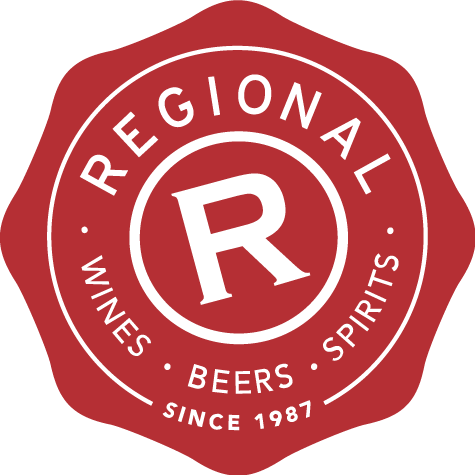Looking for a great white? Try modern Spain, writes Sophie Cotter
If you’ve ever been to Galicia, you may have been perplexed by the presence of tartan, Celtic jewelry, and buskers playing bagpipes. Wait a minute, you thought. I thought I was in Spain? Then the rainy landscape, green ferns, and white beaches made you think that maybe you hadn’t left home at all and were still in New Zealand. Until you ate some of the best and most unusual seafood of your life at lunch, looking out past the stone ruins on the headland to sea, a bottle of exquisite Albariño from nearby Rías Baixas on the table, and concluded that this place wasn’t like anywhere else at all.
Following the Spanish civil war in 1936 and the subsequent years under General Franco’s rule, Galicians found themselves with seafood but often no bread, coffee, penicillin, or lightbulbs. Portugal, just over the river, was faring much better economically due to its colonization in Africa. Due to the unique geography of the Galician-Portuguese border, with hundreds of kilometres of coastline combed throughout with inlets and rivers, the border was very permeable. A lucrative industry of contraband sprang up. This began with essential food and medical supplies being carried over the border with shepherds, but the logistics quickly grew to incorporate boats. These were used to navigate up the rivers and move steadily bigger amounts. Owners of boats and fishermen suddenly found themselves in a position to make a lot more money than they could from harvesting seafood.
The best wine on their doorstep
With contraband and trafficking being increasingly risky, people sought a new source of income. Fortunately, at the same time as the trafficking had been going on, scientists and oenologists had been working hard to isolate the best vine clones from the many that covered the region. The name of the famous grape of Galicia, Albariño, is said to come from Alba, meaning white in Latin, and Riño, from the Rhine valley. It was purportedly carried by monks in the 16th century from Germany and is thought to have been a variety of Riesling. It had however long since adapted to the Atlantic climate and soil of Galicia and acquired a completely different taste profile. It was the perfect match for the local seafood, being crisp but with hints of delicate stone fruit and great length. But consistency was somewhat hit and miss. A team from the Spanish Superior Council of Scientific Investigations (CSIC), together with the passionate viticulturist and winemaker from local Albariño producer Terras Gauda, Ana Oliveira, undertook an exhaustive study of 200 of the different clones of Albariño present in the region. From the wines made from each, they isolated five with the characteristics best adapted to the climate and agronomy of the region. Terras Gauda planted each of these five grafts in the areas of the vineyard according to the topography. The best version of Albariño was now possible. Other wineries began to also focus on single parcel production and Galicia began to achieve justified fame for its unique white.
If you are in the area, it is well worth arranging a tour. If not, you can order one from one of the restaurants we supply to (see below for a list of these), or find a bottle on our website, chill it to 12 degrees, and break out your best seafood.
Try this Albarino...
Buy 2017 / 2018 Terras Gauda Albarino for $35.99 here
About the writer
Sophie Cotter of St Vincent's Cave is a Spanish Wine importer and writer, whose blog is so interesting that we wanted to share it here, especially this piece on Albarino which originates in Galicia, in north west Spain.
